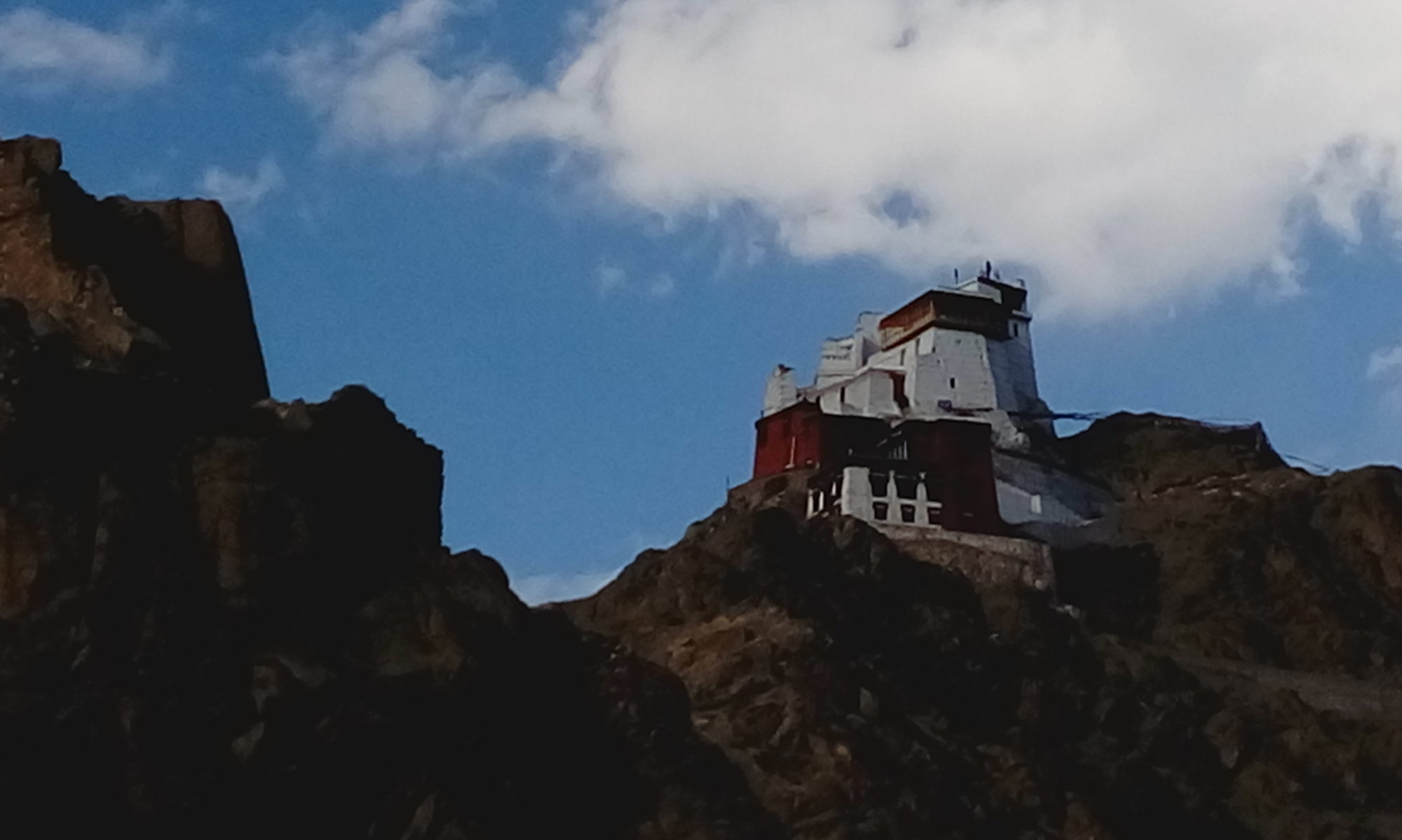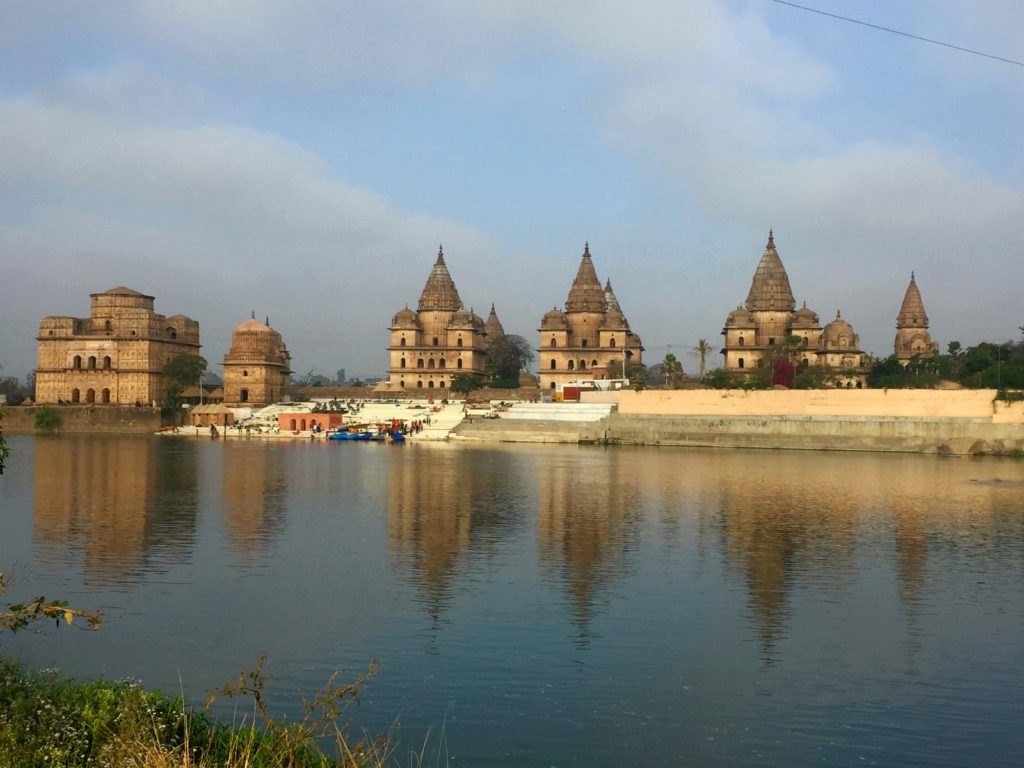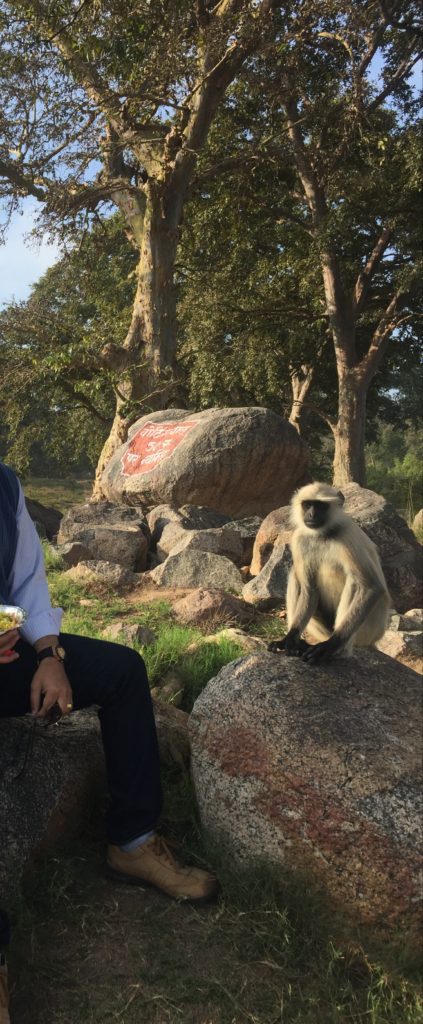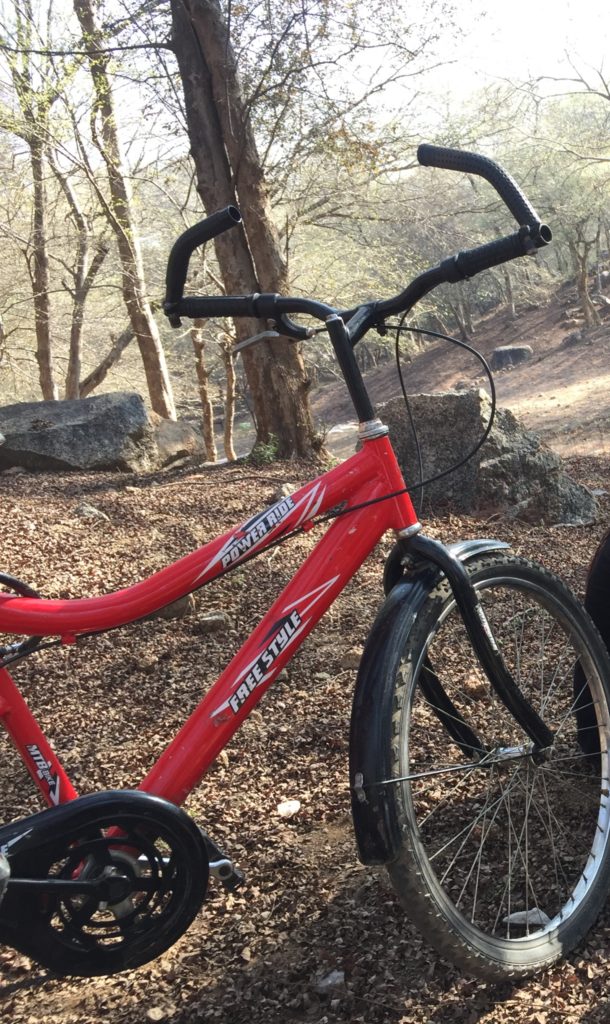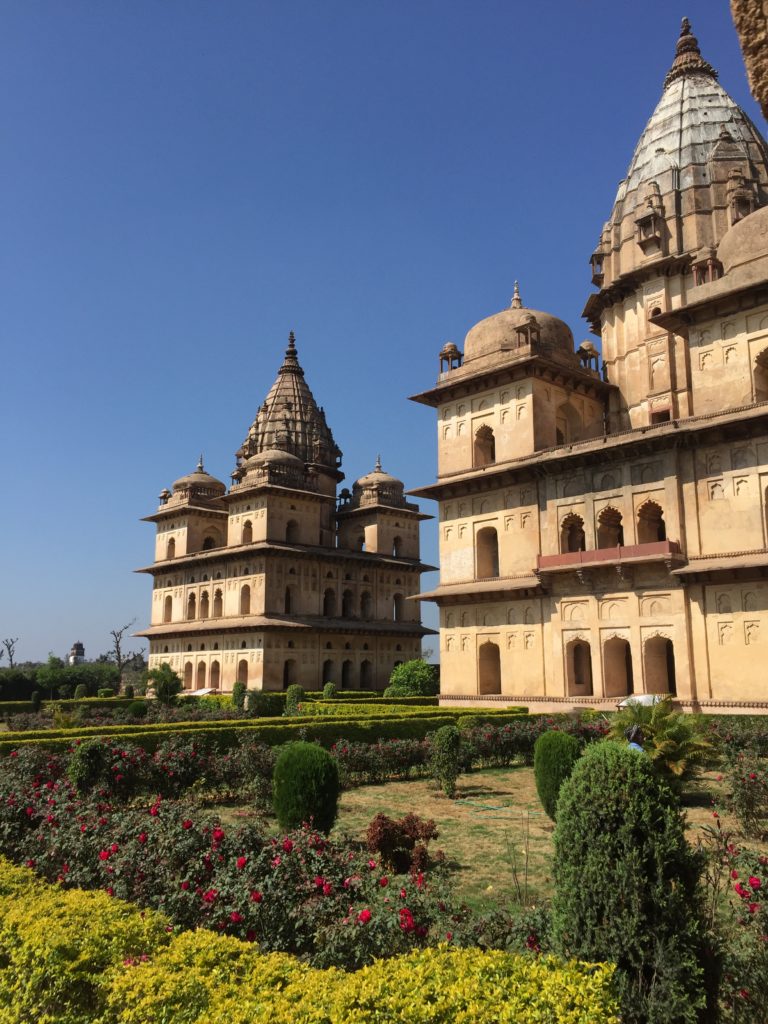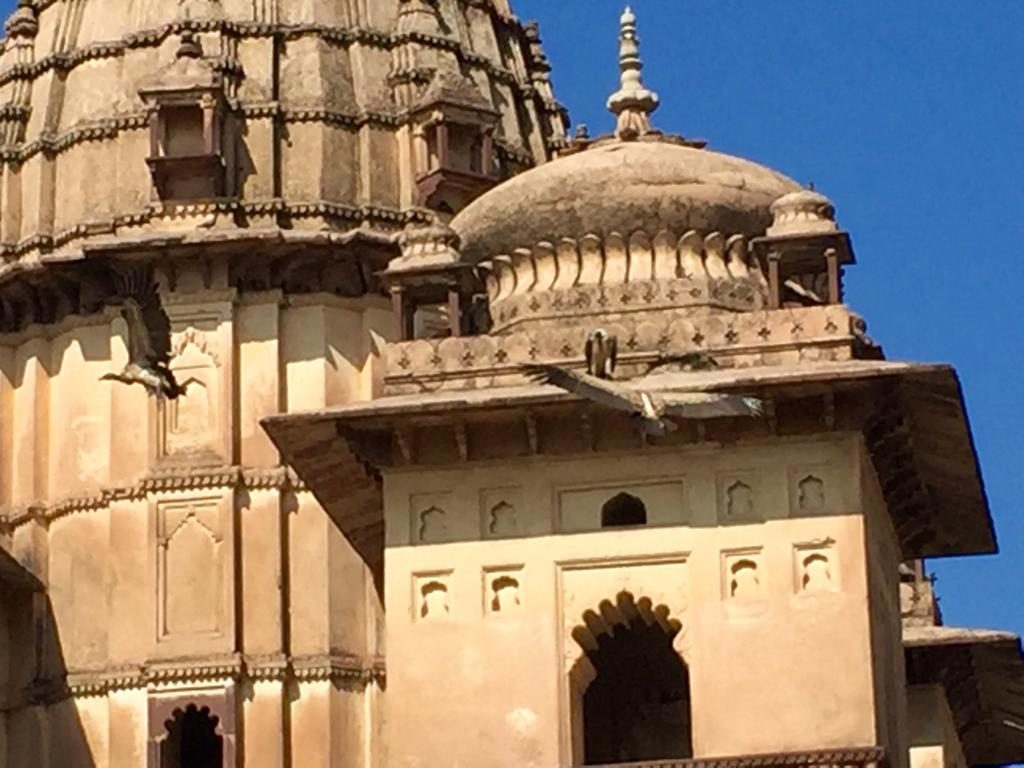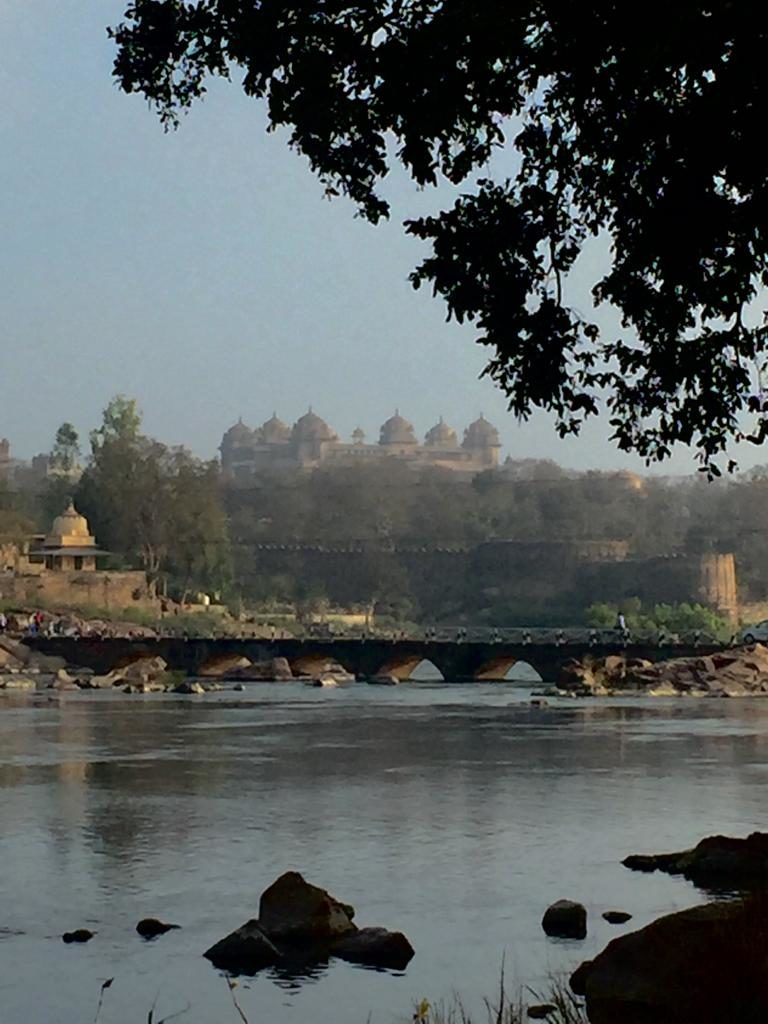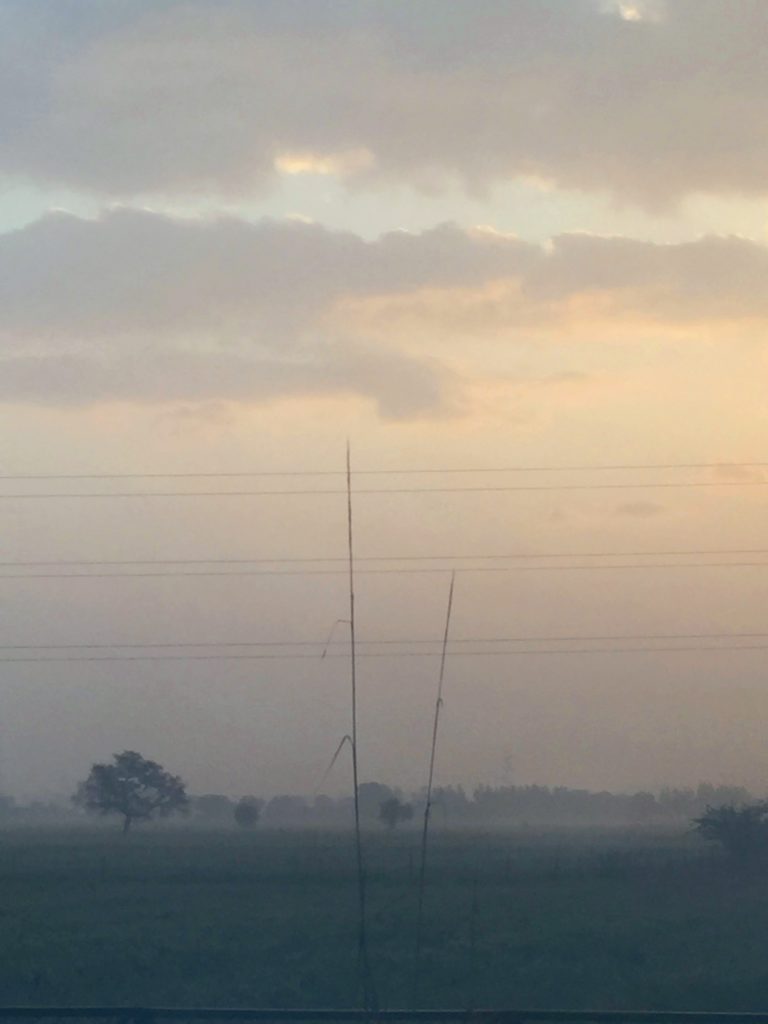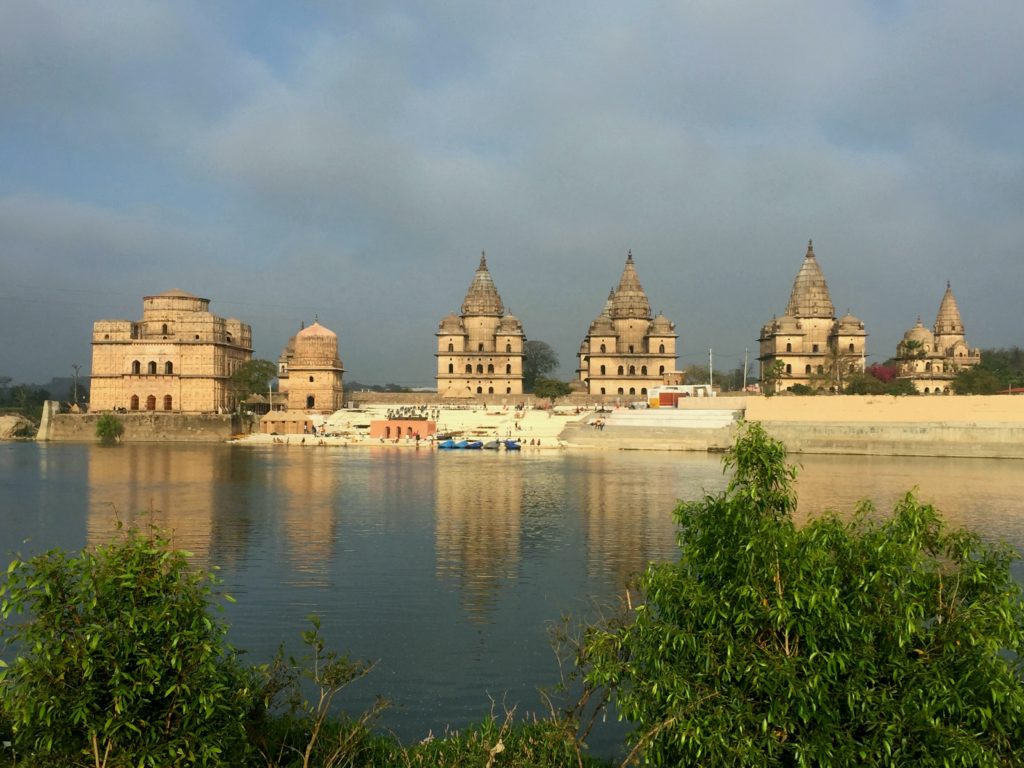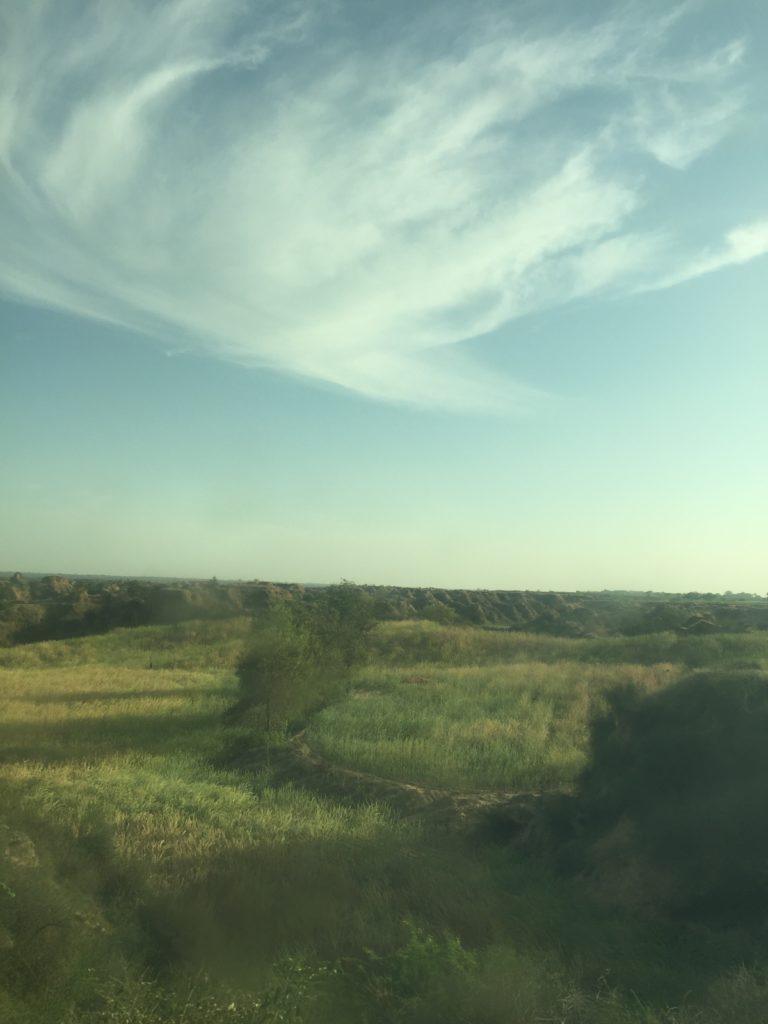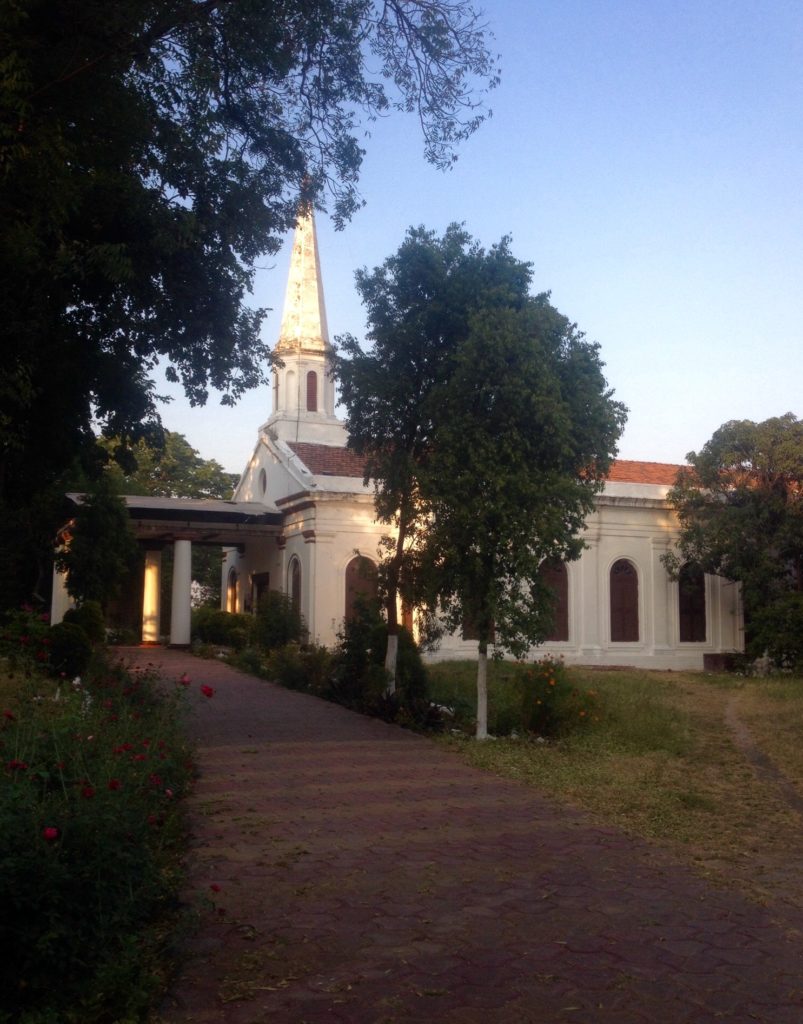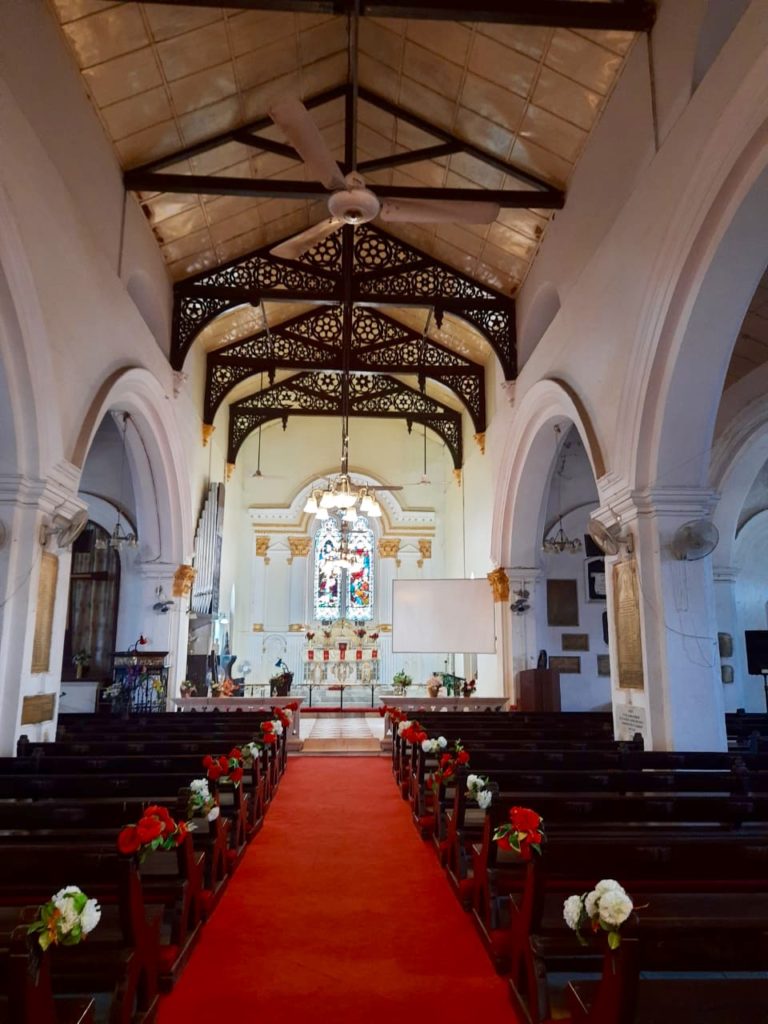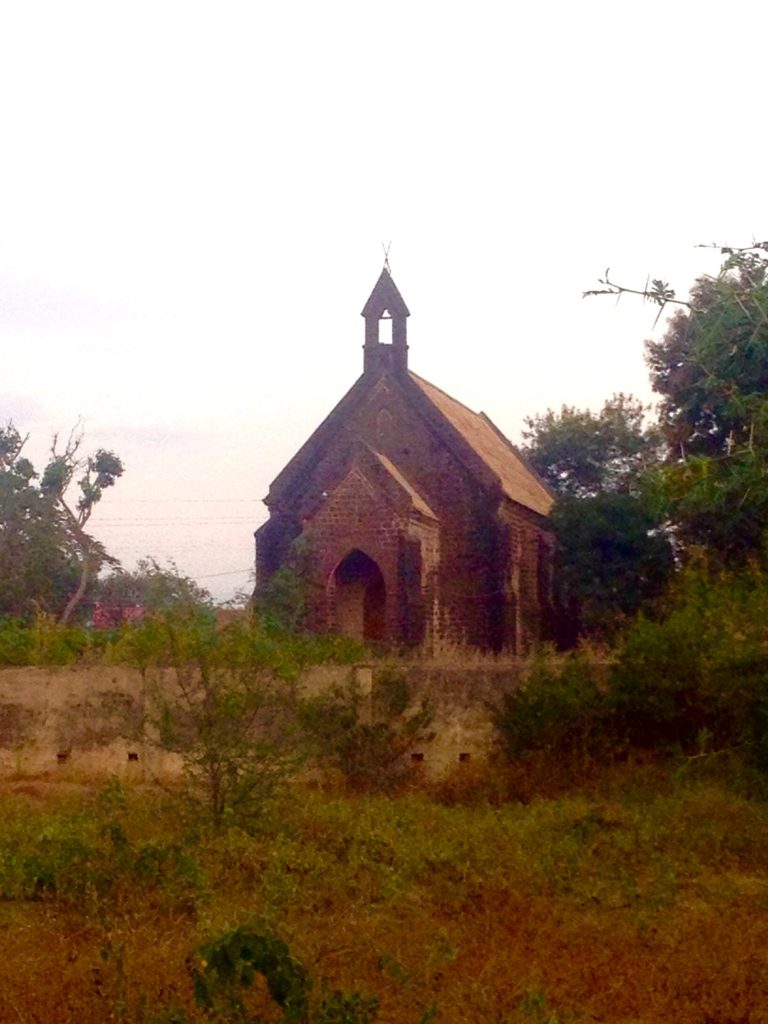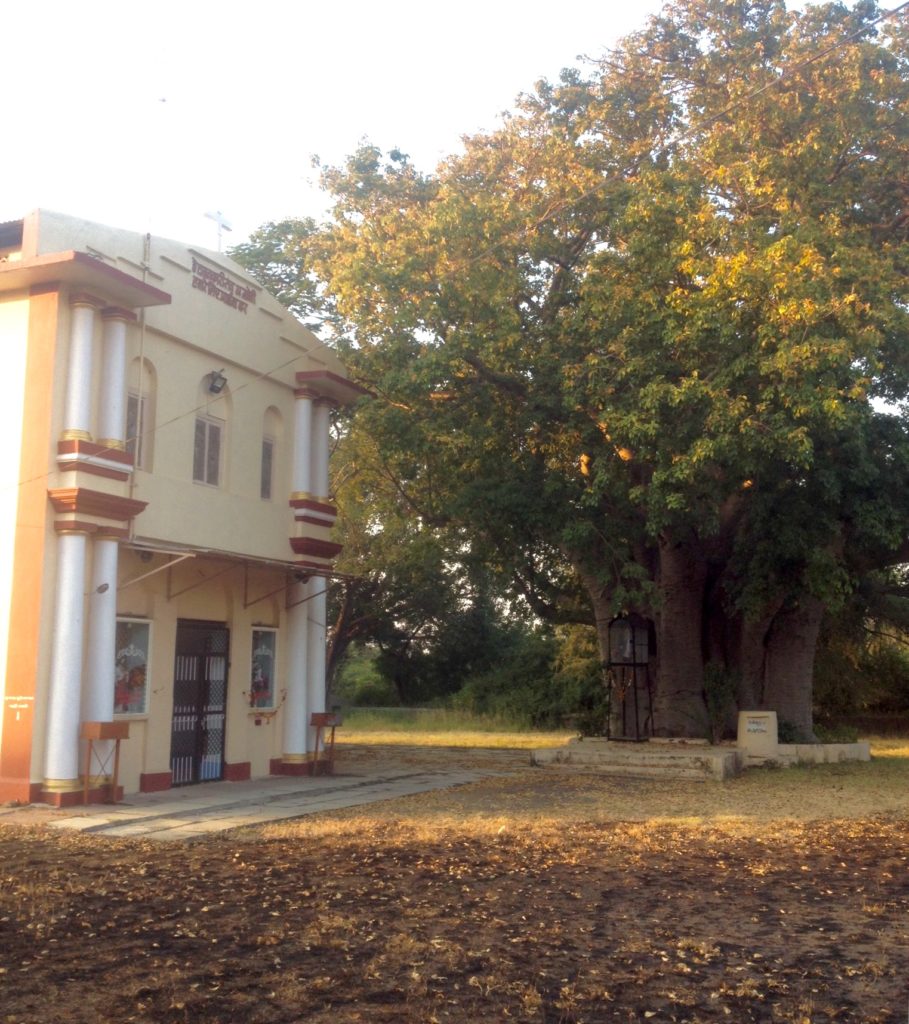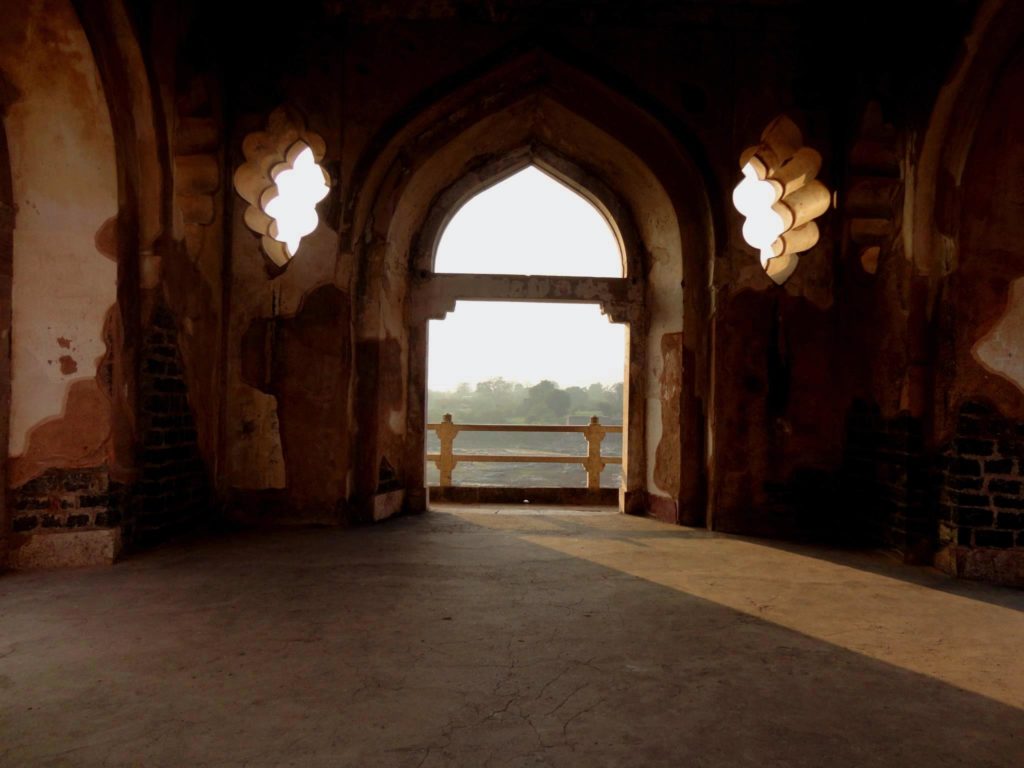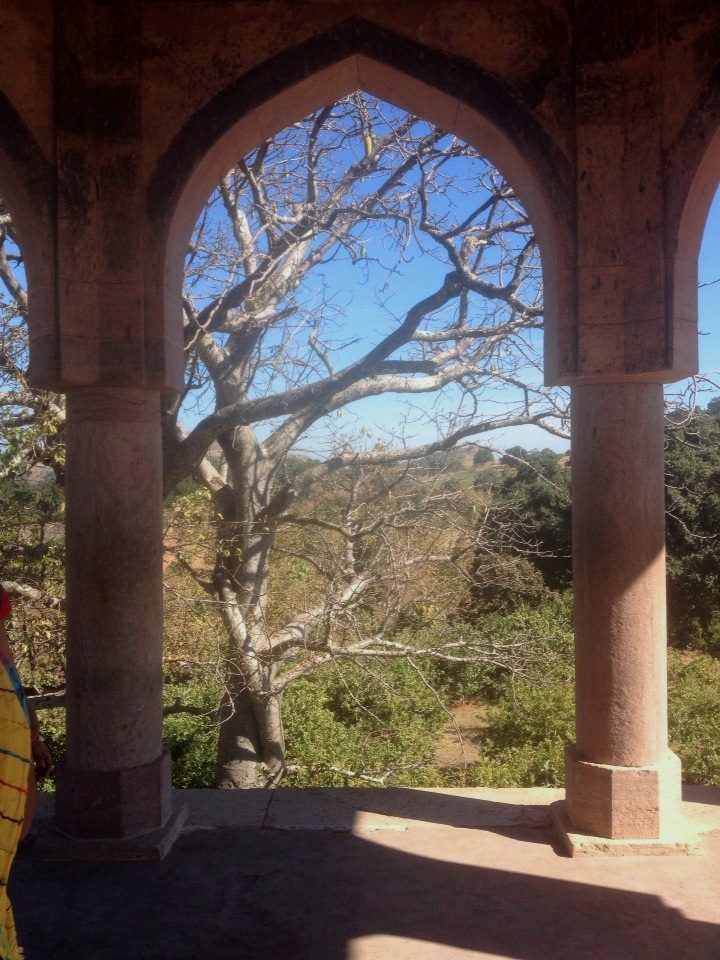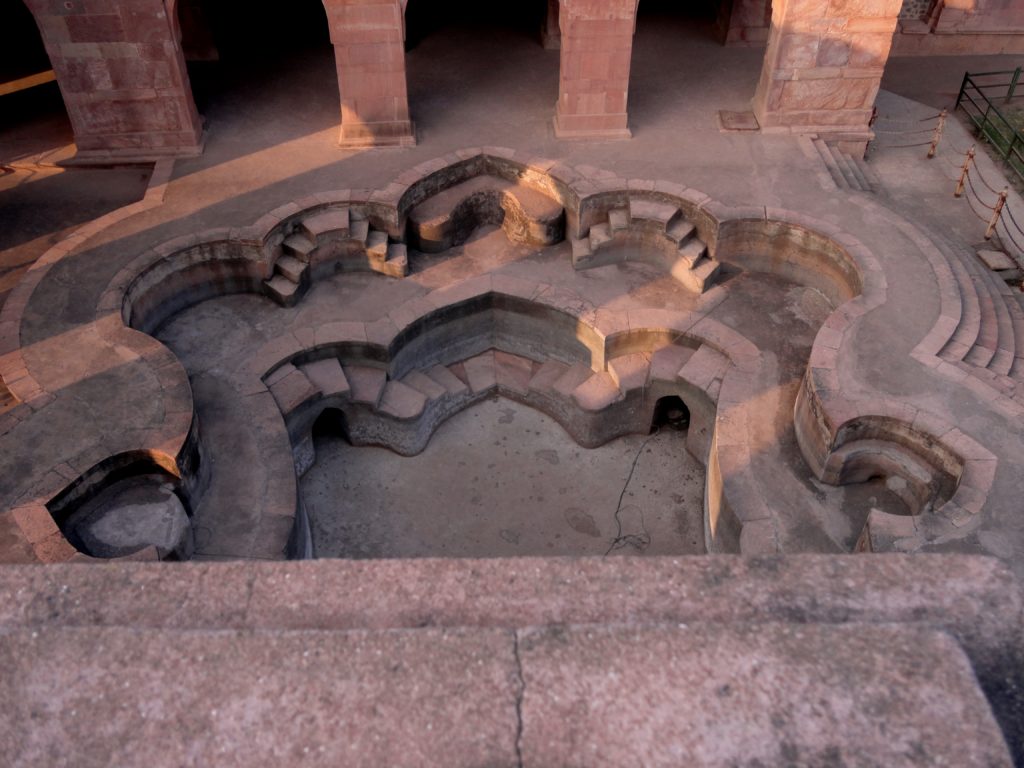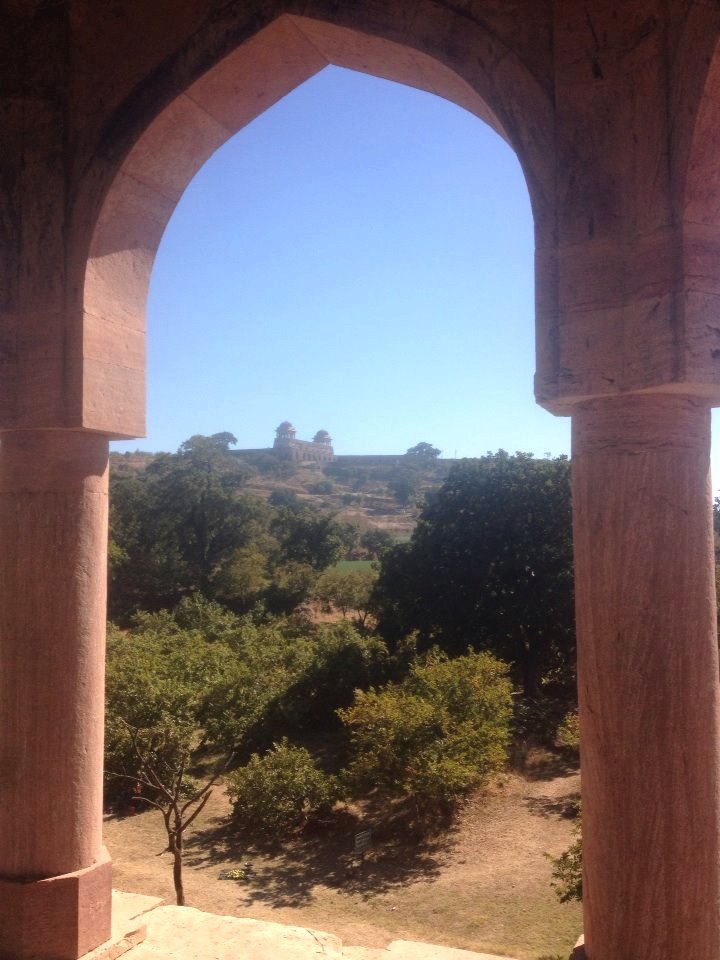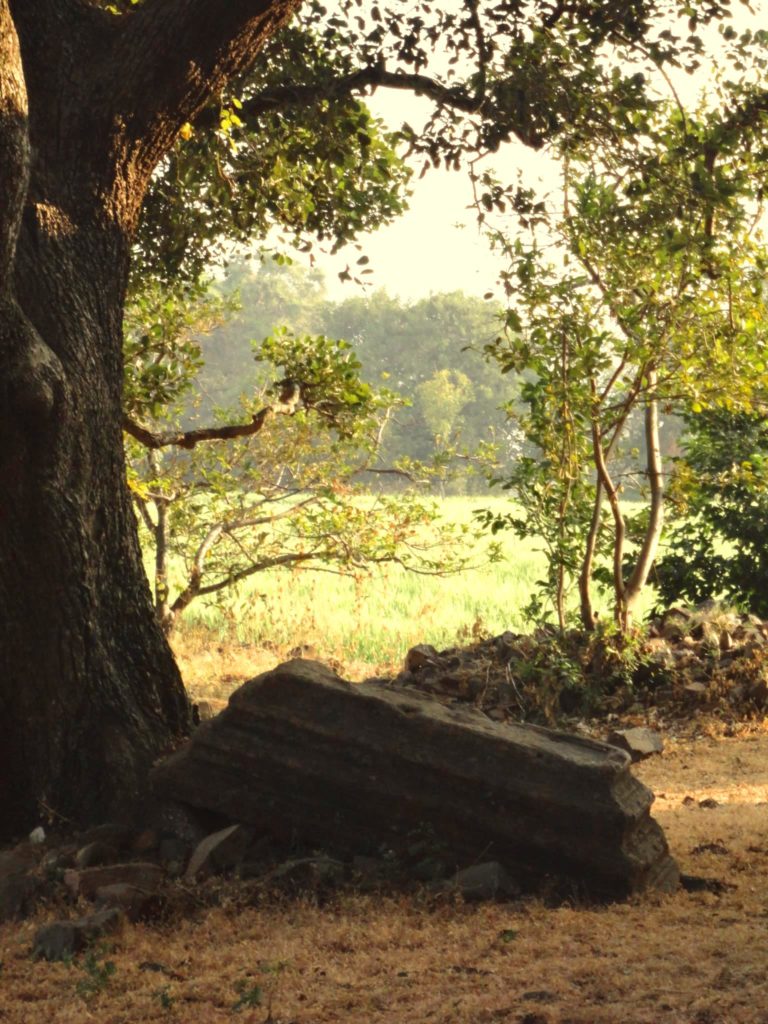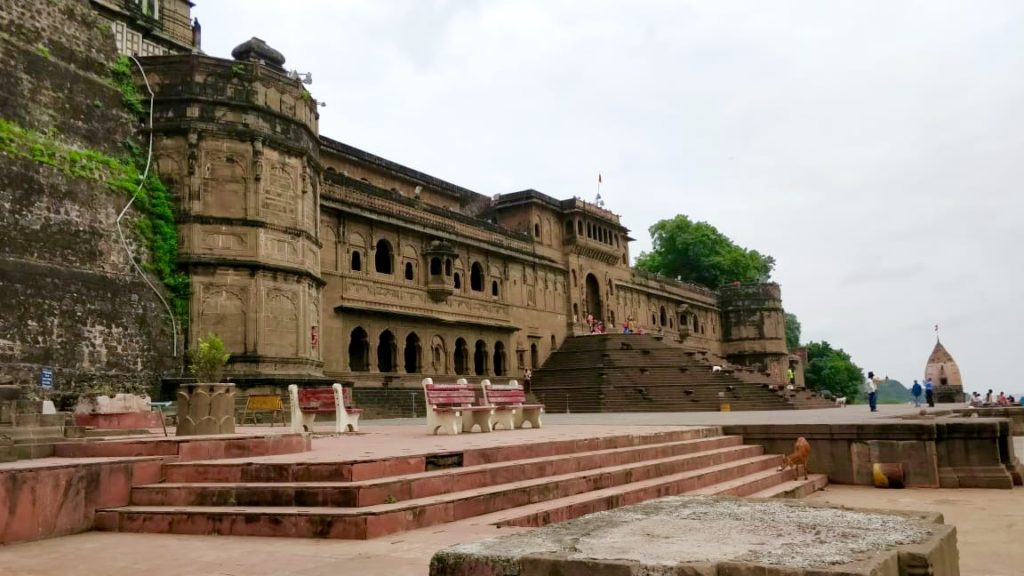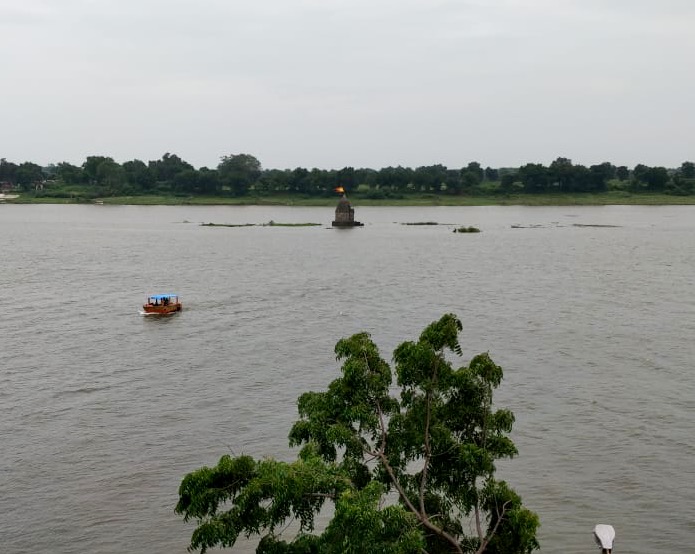At the end of the Lockdown outings had meant going for drives. Like happy little puppies literally, with our nozzled noses at the window, hair (not ears) flying in the wind, it was sheer bliss being out of the house, seeing the world with new eyes! Slightly scarred by months of indoors, anywhere out was good with me! Having reached Mhow during the monsoon a visit to Jam Darwaza was a De rigueur and to be any more ‘out’ from there one would be off the Malwa plateau! We decided to catch the sun rise for a change at Jam Darwaza. It meant being up before five, which is not my favourite cup of tea, waking up a surprisingly agreeable teenager and getting the real tea organized. On the winding drive in the dark we overtook a large herd of sheep on the road with their herders. I had seen these Gadarias (as they are known in these parts) a few days back outside Indore on the highway. It had been a sight to see the traffic stop to let the women, setting out to follow the men, cross with their camels. I had wished I could meet these nomads.
No visit to Malwa is complete visit without seeing- Mandu and Maheshwar in the Monsoon Mist
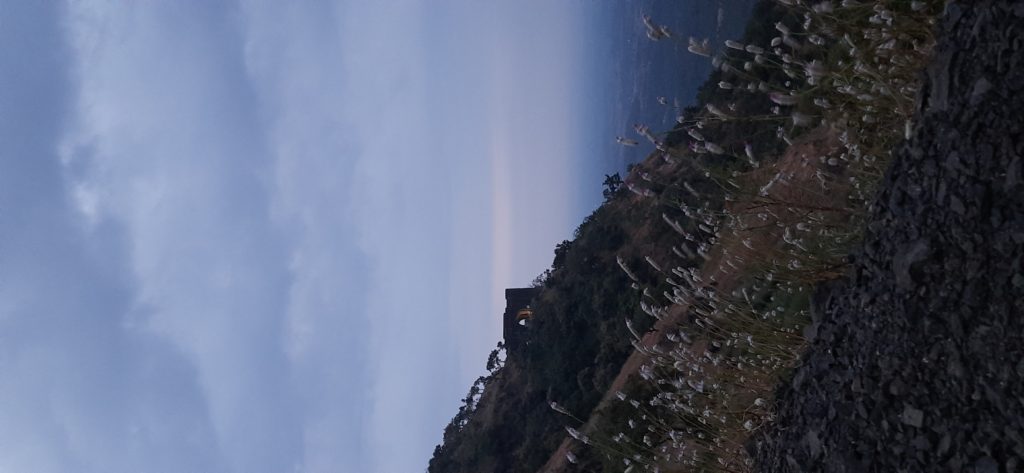
Since it was built around 1790-91, during the reign of Ahilya Bai Holkar, the double storied arched Jam Darwaza straddling the road going down to the Nimar plains from the Malwa plateau has been a solitary sentinel and proverbial gateway. Named after a hamlet nearby with a blink and miss fortress at one end and a chhatri at the other end of a pond, the structure has been a favourite drive-to destination, to catch sunsets over a cuppa, watch the villages below light up mirroring the sky above, dark forests giving way to light fields, lakes dotting the countryside, to feel a bit at world’s end.
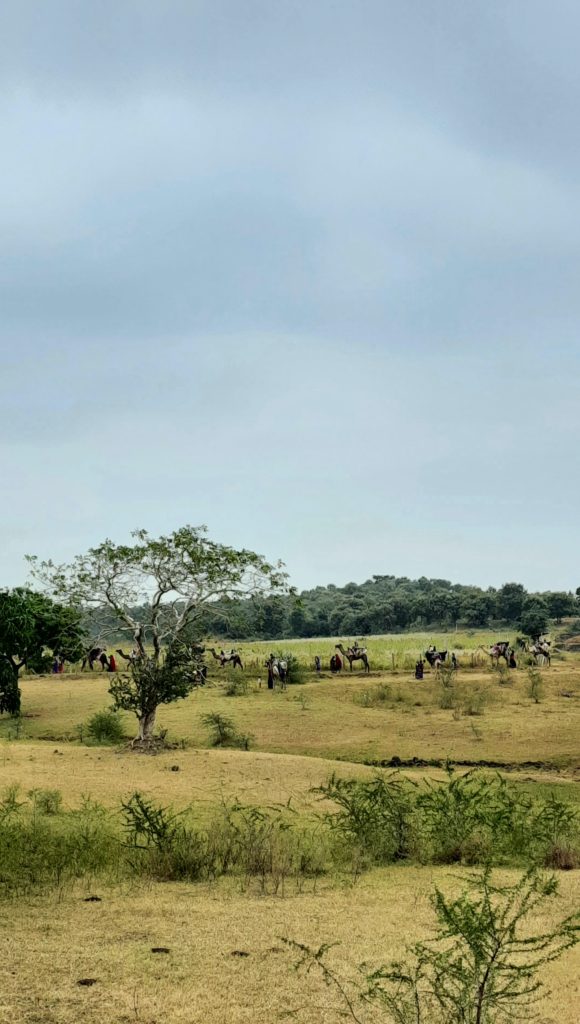
Nearing Jam Darwaza that morning, I noticed a herders’ camp right at the end of the plateau being wound up. What a dream campsite! The old gate and the craggy slopes at the bend were all but a silhouette in the faint light of dawn when our headlights fell on another lot of men and their sheep making their way through the arch. I was taken aback to see couple of cars already parked at the Darwaza at that ungodly hour. Billion plus population has to show, the sardonic teenager commented from the back seat. Youngsters wanting to set Insta on fire with visuals of a flaming sunrise at Jam! The excellent new road and a burgeoning population now ensures the Darwaza has a incessant stream of temporary visitors and hawkers, and permanent company of makeshift shops and half constructed loos blocking the best view. Who will sit on that throne and stare at a wall imagining the scenery beyond? Having contemplated such profound issues over tea and being ditched by a sun not allowed to keep his date by dour clouds we started back. We ran into the caravan of camels and women hitting the road.
Read what must be had with tea in- Nasirabad’s Kachora: More than a Savoury Story
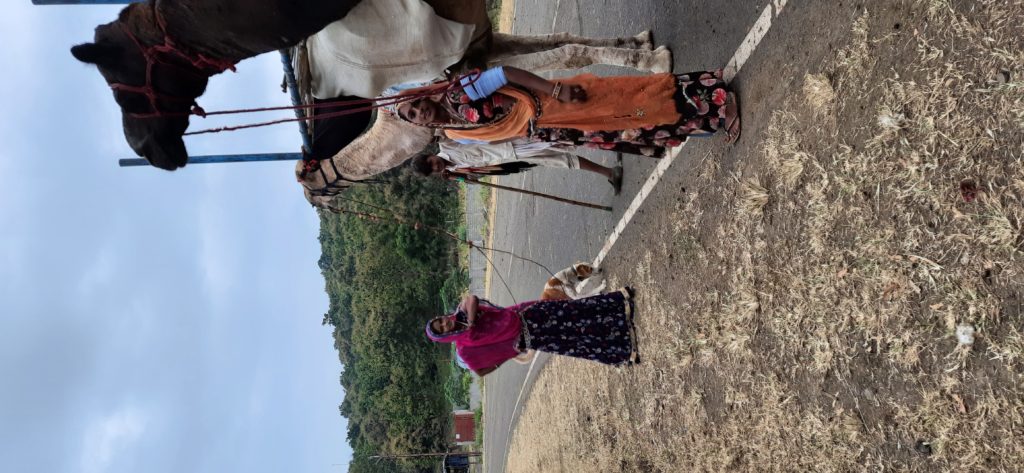
Standing on the road I spied a girl cut across the dip of a dry stream, lanky mutt in tow from the camp site. By the time I asked the young boy leading the camels if I could take a photograph she was there, teasing him while he looked bashfully around. “Selfie loge?”,(Will you take a selfie?) she asked, throwing me off kilter. Et tu? I noticed lipstick and bindi on a scrubbed face. I would rather have taken her photograph alone. She turned self conscious as I obliged, my morning face ruining the frame. The other girl leading the second camel had been smiling indulgently. Totally self composed, beautiful with an open inquisitive look she didn’t look a day above 18. The caravan swayed forward as I stepped back on the side and took a video. Chatting with me without breaking their quickening stride the next question was if I was going to make a music video leaving me slightly nonplussed. I was quickly getting the impression that this encounter might be my first but definitely not theirs.
The young boy and the two girls set off at a quick pace after being photographed. The following women and girls passed by, chatting on the move, seemingly used to taking folks like me in their stride. The younger eyes dancing with amusement, the older ones more weary, smiling more guardedly. All dressed in traditional finery – upper arms covered with bangle sets, solid silver anklets, big nose pins on some, heads covered, hands firmly on their hips leading the camels lassoed around their shoulders. Whoever says ‘striding’ is masculine needs to see these women walk -fast yet graceful; dark, full skirts swishing with each step. Their camels swaying with their own rhythm, loaded with precious belongings- giant cots upside down holding bleating lambs, emaciated hounds, and sleepy kids. The stragglers, still at the now almost wound up camp, being loaded and coaxed to rise for another day, another long walk.
Discover easier yet engaging walking spots in – The Gardens of Delhi -A walk not only on the green side but through history itself
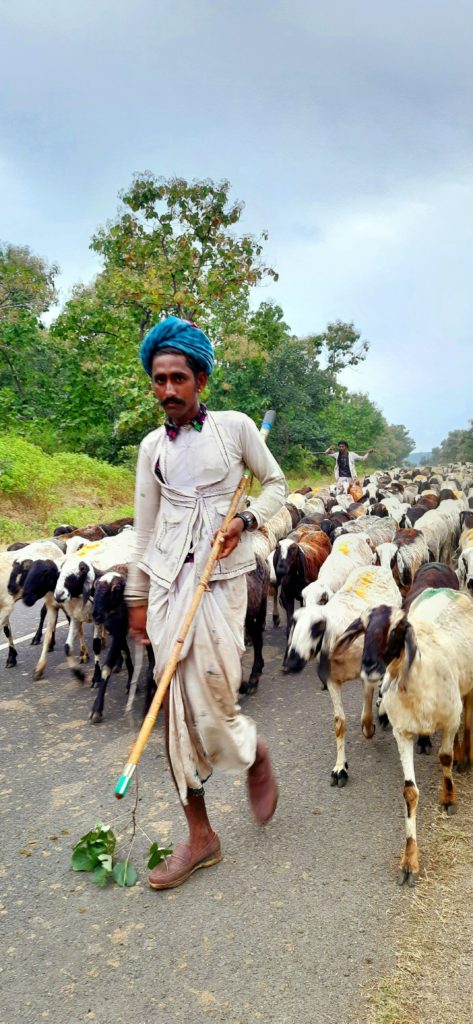
Driving home we encountered the other group of herders we’d crossed in the dark earlier. The white tunics and dhotis and cardinal red turbans of the mustachioed men adding a bright dash to the black fallow undulating fields amidst hillocks covered with flowering teak, flame of the forest and mahua trees, all washed and nourished to shades of green by last night’s shower. The shorn herd of sheep, in shades of black and white, moved en mass with the odd lamb frisking about. A sharp whistle was all the communication needed between the herdsman and his huddle.
While at Mhow explore- 3 Churches in Mhow: Discovering Obscure History and Outstanding Carols
While travelling to new destinations has been quarantined the last few months one discovered that just being on the road can be an experience into itself. And maybe we got it wrong! Wishes are not horses, they may be camels and I may not want to ride them but hopefully one day I’ll walk with them and these nomads, true blue, always on the move travellers, on that winding path through that Darwaza and it will be a whole new way to see the road less travelled.
